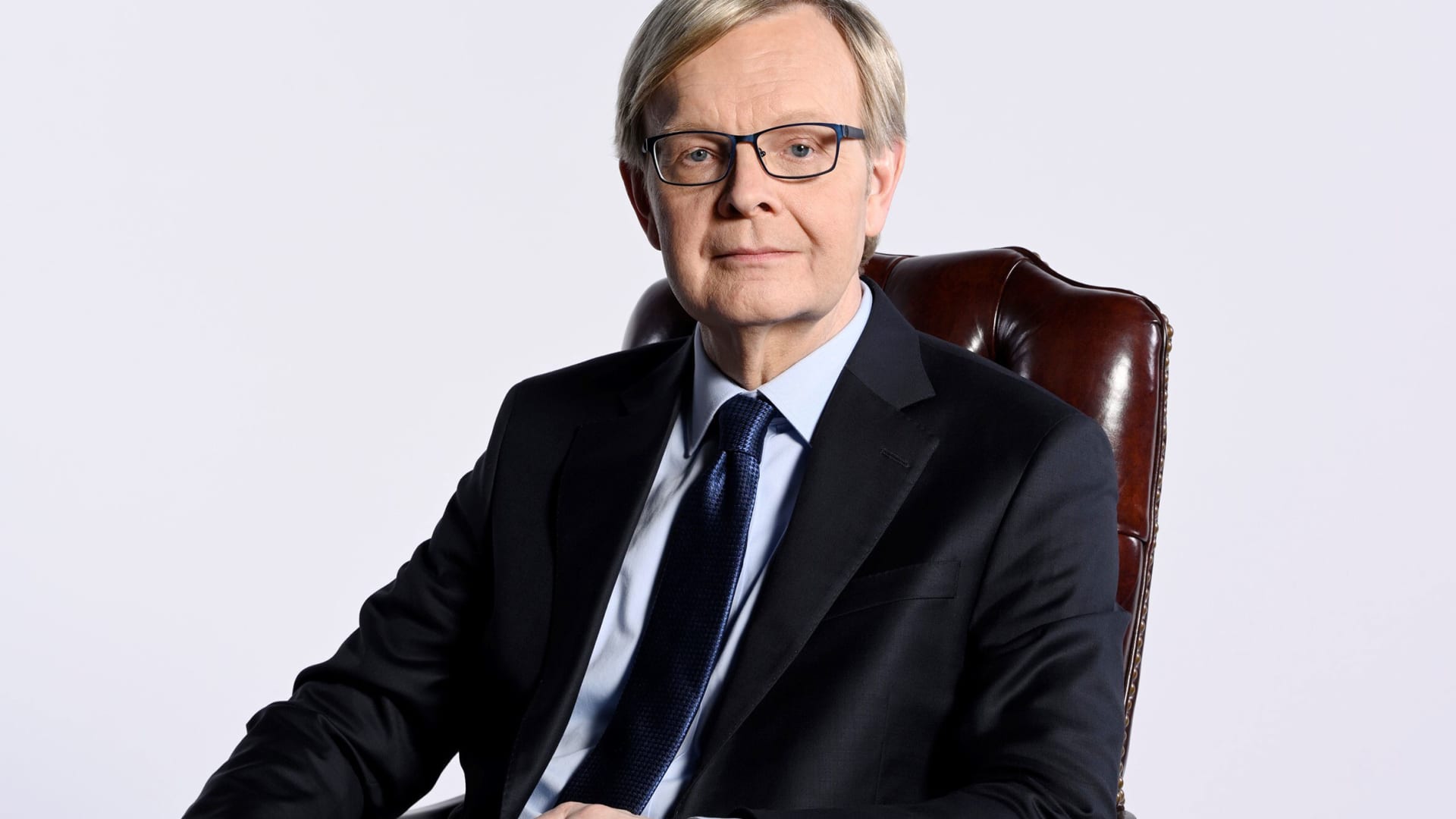Joel Tillinghast has picked his share of winning stocks.
The legendary mutual fund manager has run Fidelity Low-Priced Stock since its launch in December 1989. Since then, the fund has posted an annualized total return of about 13%, trouncing the S&P 500’s 10% return over the same time period.
Unsurprisingly, after more than three decades in the market, he’s picked some losers too. For Tillinghast, it’s all part of a process that made him a better investor.
“The fun thing about investing is you’re constantly learning — sometimes by losing money, sometimes by making money when you didn’t expect to,” he tells CNBC Make It. “The ones where you lose money tend to stick with you.”
When asked for examples of investments that he learned from, Tillinghast shared two of his best stock picks and one of his worst. One winner, adjusting for times when stocks split (which affects the share price), is worth more than 100 times what Tillinghast paid for it. The loser surrendered 99% of its value before Tillinghast sold.
Tillinghast will be the first to tell you that picking stocks isn’t for everyone. Like many investing pros, he says amateur investors may be better off gravitating toward index mutual funds and exchange-traded funds.
And for those looking to emulate Tillinghast’s stock-picking prowess, remember: These aren’t stock picks. They’re examples to illustrate what a legendary manager has learned from his successes and failures.
Winner: Ansys
Tillinghast bought shares of Ansys in early 2001 when they traded — adjusting for splits — for less than $3 a share. As of market close on Friday, they’re worth about $319 a share.
Tillinghast says the company, which creates software that assists in product design and testing, is a prime example of a type of stock he typically looks for — “tech stocks that aren’t as prone to destruction,” he says.
In other words, he seeks out companies that can expand their businesses without being usurped by rival technologies. Ansys specializes in software that shows how the laws of physics act on products, such as airplane wings, that are too expensive to test in the real world.
“The laws of physics mostly don’t change,” Tillinghast says. “So it’s a software that won’t go obsolete. And there are new applications in medicine, and maybe even AI applications.”
The lesson: Think about how a company can defend against competitors.
Winner: Monster Beverage
Tillinghast bought Monster Beverage — then known as Hansen’s Natural — in 2001 for $4 a share. Adjusting for splits, it’s more like the equivalent of 4 cents per share. It closed at about $57 on Friday.
Tillinghast didn’t know that his investment in Monster would be a huge home run, but he liked that the company was giving itself new chances to succeed.
“I bought Monster Beverage — at the time they were Hansen’s Natural and were a juice drink company — because I liked that they were trying an energy drink,” he says. “I like companies that try a lot of experiments. They may not always work, but they do try a lot of things. And I think Monster is very innovative that way.”
The lesson: Consider companies that give themselves multiple ways to win.
Loser: HealthSouth
By late 2002, Tillinghast had bet big on HealthSouth, a provider of outpatient surgery and rehab services. Low-Priced Stock held 36 million shares, good for a 9% stake in the company. But by early 2003, the company delisted from the New York Stock Exchange. The stock fell by 99% over the time Tillinghast held it.
“I lost so much money on that, and it was because I was paying attention to the adjusted earnings and not to the free cash flow,” he says.
“Adjusted” earnings refers to the profits that companies report that are outside of generally accepted accounting principles. Just about every company reports these type of earnings, which corporate executives say better reflect a firm’s true performance. But they also leave room for some accounting funny business.
At the time, HealthSouth’s adjusted earnings looked like a value to Tillinghast, who was also impressed with the firm’s charismatic lead executive — so much so that he was willing to overlook free cash flow, a metric which told a story of a much less profitable company.
The lesson: Ignore hype around executives and focus on fundamentals in their totality. Don’t cherry-pick measures that tell you what you want to hear.
DON’T MISS: Want to be smarter and more successful with your money, work & life? Sign up for our new newsletter!
Get CNBC’s free Warren Buffett Guide to Investing, which distills the billionaire’s No. 1 best piece of advice for regular investors, do’s and don’ts, and three key investing principles into a clear and simple guidebook.
CHECK OUT: This Fidelity manager has crushed the S&P 500 since 1989—here’s his advice for investors


